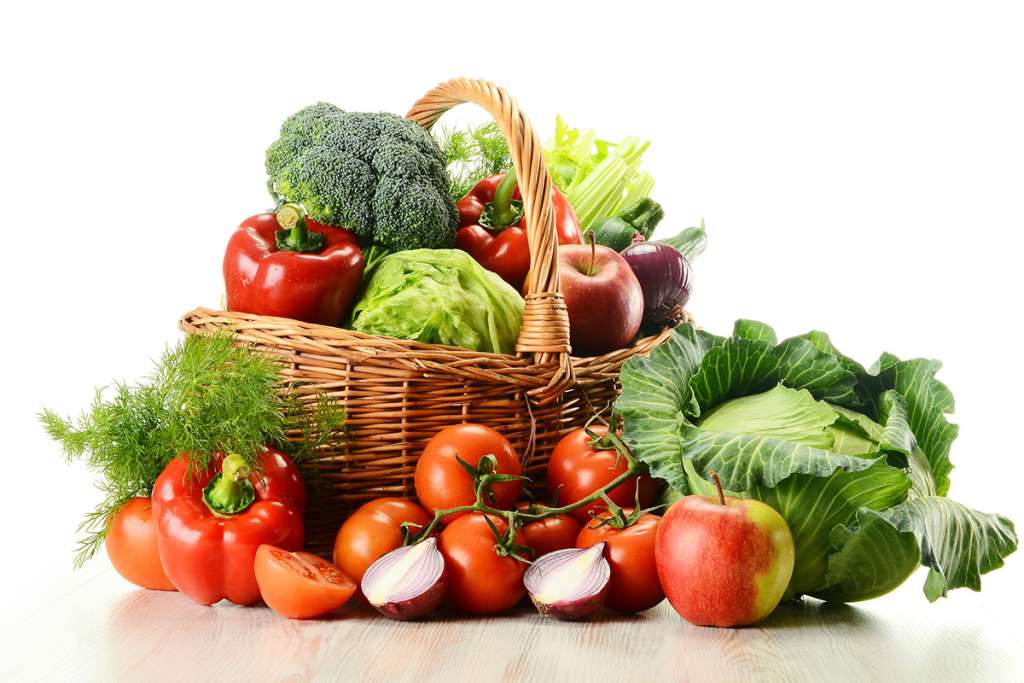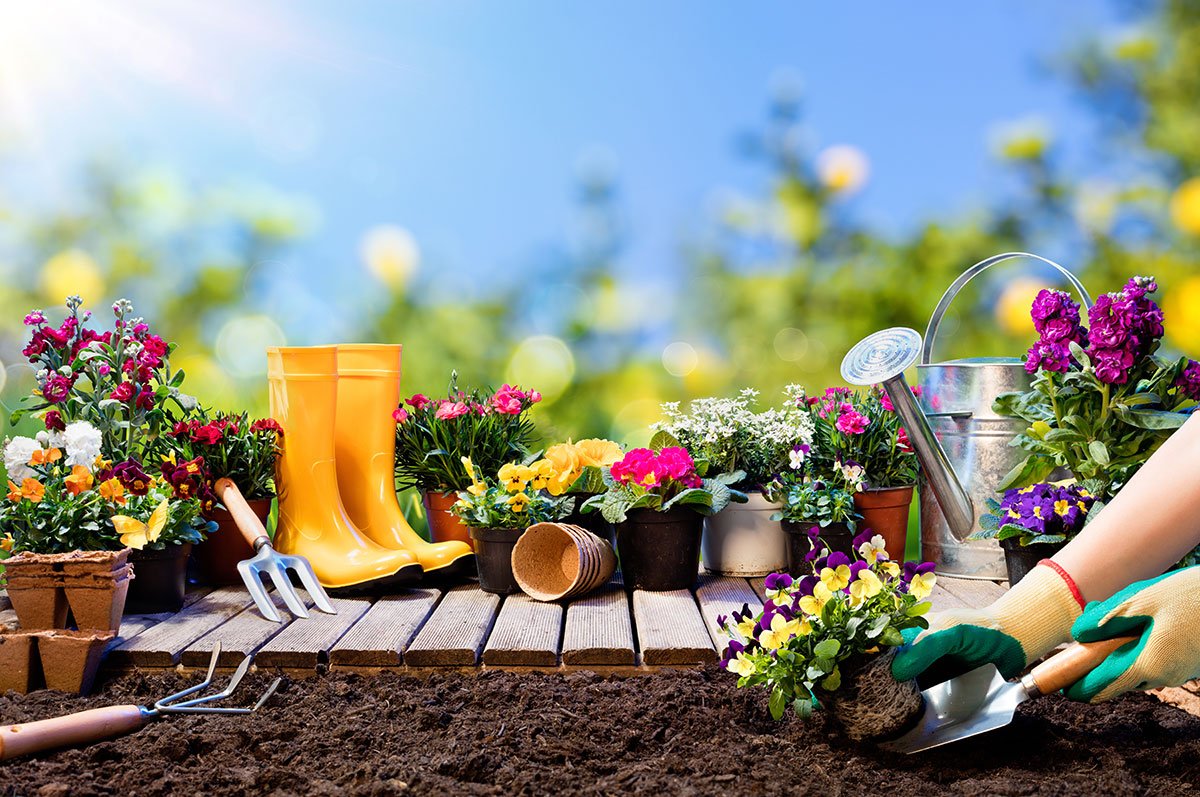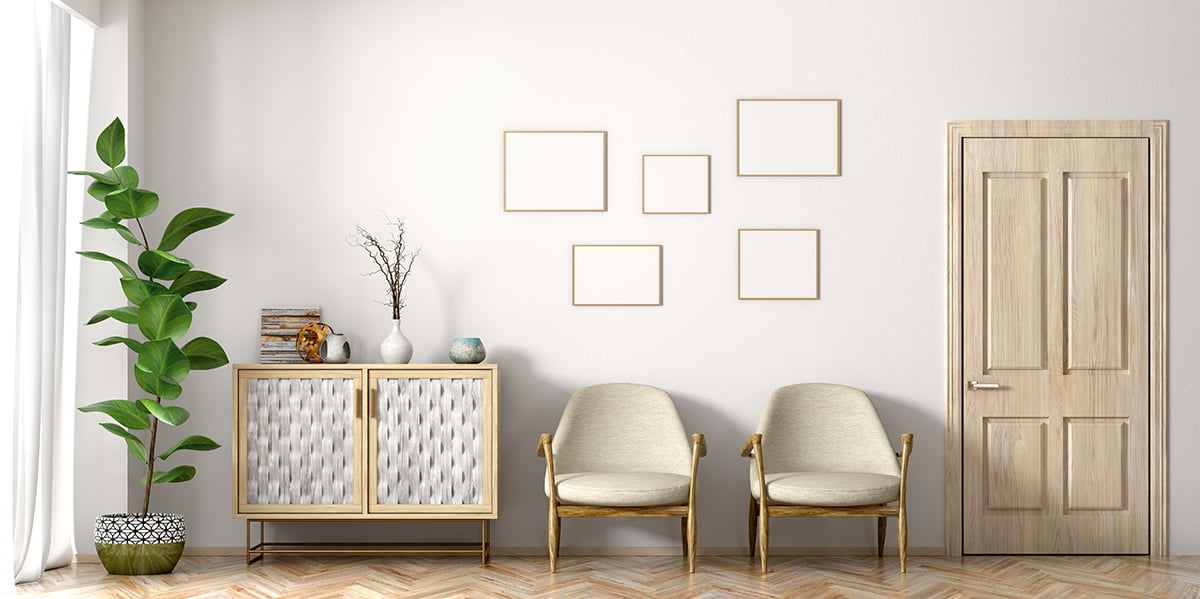Since you cannot grow crops outside, why don’t you create a “kitchen garden” in your house? After all, nothing is more comforting than eating the fresh vegetables planted by yourself. The home-planted “crops” can both make your kitchen present a fresher and more beautiful atmosphere and provide you with available cooking materials since the crops are planted in containers.

For many of us, growing food by ourselves is a romantic thing with special feelings. However, if you are really determined to get your hands dirty at home, you should first know what kinds of plants are feasible to grow. There are relatively fewer plants that are both edible and easy to be kept, especially at home. You can consider Dwarf Citrus, escarole as well as some Lycopersicon plants such as berry and plum. If the condition permits, you’d better start with plug seedling (a popular seedling cultivation technique where some holes are reserved in the culture medium with nutritional ingredients to enable seeds to grow).
Once you have made success in keeping some herb plants, you might hardly wait to expand your garden to more varieties such as carrot, potato and green peas. But it should be noticed that the above-mentioned plants take more space than the following common edible plants.
Another point you should keep in mind is that edible plants are not always required to be planted in kitchen. As long as abundant sunshine is guaranteed, they can be kept with other plants at home. Your dining room and sunlight room are both good choices
Five Easy-to-Keep Indoor Plants
*Bell pepper. Bell pepper likes bright environment with indirect light. It needs plenty of watering in spring and summer, while little water in winter. Auburn clay pots are suitable to plant bell pepper, which can be placed on shelf in line.
*Hot pepper. In comparison, hot pepper is smaller in size, ranging from emerald green, crimson, bright yellow and orange in splendid color (it goes beyond doubt that green hot pepper is not mature). Similar to low shrubs, hot pepper is the best choice for indoor planting due to its decorative appearance. It needs warm and bright environment, so it should be planted in moist composting soil closed to windows and avoid too much watering.
*Herb plants should grow in places with ample sunlight such as window sills. You should keep the soil moist and avoid watering too much. For example, chive, Coriandrum sativum, mint and basil are suitable to grow indoors. Good choices also include tarragon, Origanum majorana, Origanum vulgare and Salvia japonica.
*You have plenty of choices for salad vegetables, such as classical romaine lettuce, endive with a little bitterness, Eruca sativa with a slight taste of pepper and Valerianella locusta that has a cute nickname of “lamb’s lettuce”. You can make your garden more colorful by placing plants of different varieties together. You might as well start planting with a package of mixed seeds, and place them with other ornamental plants such as Gonialoe variegata. All those plants need abundant sunshine, so you might put them on window sills and water them regularly.
*Tomato. Tomato can grow very well if you take good care of it. It can bear rich fruits from summer to early autumn. Planting tomato is similar to planting pepper, which requires warm and bright environment. You should apply special fertilizer to tomato every week.
Tips: You’d better breed edible crops in glazed ceramics or plastic containers to ensure good drainage. Unlike pottery pots, those containers can reserve water better.




